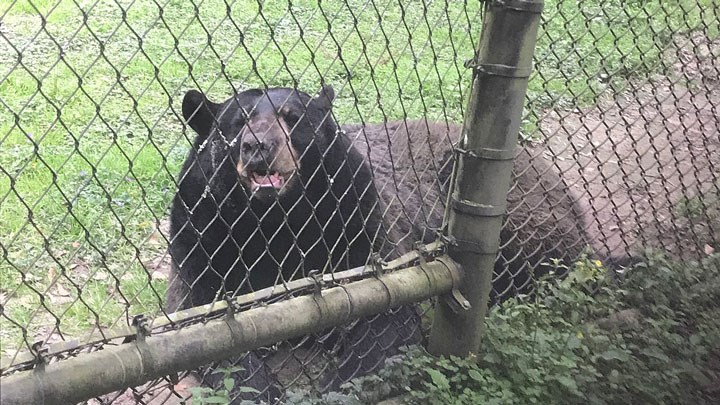
by Cody McLaughlin - Monday, July 6, 2020

As readers of our NRA Hunters’ Leadership Forum website know, we have been following New Jersey Gov. Phil Murphy’s arbitrary and capricious ban on hunting the state’s black bears on state-owned property. This is all despite an exploding population of black bears and warnings from state wildlife experts on the ramifications of kowtowing to the animal rights extremists’ line.
Now Gov. Murphy must face those ramifications. Last week, the state Division of Fish and Wildlife (DFW) released its annual report on bear-human interactions—and the statistics are damning.
History of The Black Bear Controversy
The New Jersey black bear hunt is authorized by a 2015 Comprehensive Black Bear Management Plan, which has twice been upheld in court against legal challenges from anti-hunting extremists. The plan was devised by scientists and wildlife resource managers with the state’s DFW.
In mid-2018, shortly after winning the governor’s office, New Jersey Gov. Phil Murphy halfway fulfilled a campaign promise to anti-hunting coalition members by banning the black bear hunt on state property with Executive Order 34. Filed on Aug. 20, 2018, it directed the state’s Department of Environmental Protection (DEP) Commissioner Catherine McCabe to close all public lands to the state’s black bear season during the hunt.
The state’s sportsmen did not take kindly to the measure, challenging it in a court case that remains ongoing. Following is the premise of their lawsuit:
Diving Into the Report
Interestingly, a key argument made in Gov. Murphy’s 2018 Executive Order has been all but proven false in this latest report. As the order reads:
“WHEREAS, the intent of this Order is to exercise the full extent of the legal authority of the Governor and the Commissioner of Environmental Protection (“Commissioner”) to limit the black bear hunt in order to promote the public safety and welfare while protecting important wildlife…”
The facts show anything but. To begin with, New Jersey bears have been proven to breed at twice the rate of other states, at three to four cubs per every two-year breeding cycle, owing mainly to abundant food. Additionally, 80 percent of N.J. bears survive to adulthood, and twice as many bears are born each year as are killed during the state’s annual hunt on its best year, which has never hit its bear management quota.
Then came the ban, which deprived hunters of 40 percent of available hunting land. As a result, the annual bear harvest was cut in half two years in a row—record-low bear management harvests. Now the bill has come due. State residents are seeing that bear sightings are up a whopping 93 percent, complaints are up 40 percent—with a 15 percent spike in dangerous “category 1” complaints—and overall bear reports are up 53 percent. Home entries by bears have doubled too, by the way. With a ban this spring on camping at state parks due to COVID-19, at least the state has been spared a hard spring regarding the number of bears in campsites.
Conclusion
The math speaks for itself. The state’s black bear hunt is a scientifically necessary and needlessly controversial management tool that has gone far to help protect the New Jersey residents and their property for the five years it has been in effect. It is a key driver of drops in bear-human interaction. Unfortunately, it has been tampered with by an activist governor and now the state is being negatively impacted.
About the Author
Cody McLaughlin is a noted conservationist and conservative thought leader on public policy issues including hunting, fishing, gun rights, free-market tax and wage policy and the environment. He works as a GOP consultant for conservative political causes, managing clients’ digital communications and online presence and as a trustee of the New Jersey Outdoor Alliance helping to represent the state’s 1.2 million sportsmen in the political arena.
E-mail your comments/questions about this site to:
[email protected]
